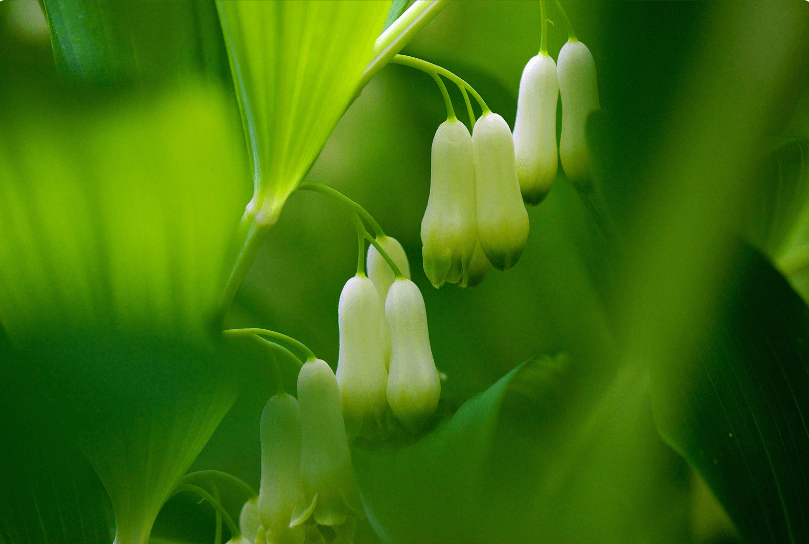
Polygonatum
Share

Common Name Chicken Head Polygonatum,Solomon's seal
Family Name Asparagaceae
Parts Used Roots
Herbal Actions Trophorestorative,tonic
Health Benefits Energy,Female endocrine,Digestion, Immunity
What are the Benefits of Polygonatum?
Nutrient-Rich Composition
Polygonatum is packed with valuable nutrients that are essential for maintaining good health. It contains vitamins, minerals, and antioxidants that help in protecting the body from oxidative stress and inflammation. These nutrients also contribute to the overall vitality and can aid in the prevention of chronic diseases.
Supports Digestive Health
One of the most well-known polygonatum benefits is its ability to aid in digestion. The herb's mucilaginous nature helps in soothing the digestive tract, providing relief from issues such as gastritis, ulcers, and constipation.
Boosts Immune Function
Regular consumption of Polygonatum can strengthen the immune system. It has been traditionally used to ward off colds and flu, and modern research suggests that its immune-boosting effects are indeed significant.
Enhances Energy and Vitality
Herbal supplements like Polygonatum are often sought after for their energizing effects. By improving nutrient absorption and supporting bodily functions, Polygonatum can contribute to increased energy levels and overall vitality.
Historical Use of Polygonatum
The use of Polygonatum in traditional medicine spans centuries and cultures. In traditional Chinese medicine, Polygonatum is known as 'Huang Jing' and is used to nourish the yin of the lung, stomach, and kidney meridians.
Western Herbalism
In Western herbalism, Solomon's seal has been used to support joint health and to treat respiratory conditions. The roots were traditionally harvested in the fall, dried, and then used to prepare teas or tinctures.
Botanical Description & Habitat
Polygonatum species are herbaceous perennials that are native to various parts of the world, including Europe, Asia, and North America. These plants prefer the dappled shade of woodland environments and thrive in well-drained, loamy soils rich in organic matter.
The plants exhibit long, arching stems with alternate, simple leaves that are usually ovate or lanceolate in shape. In spring, small, tubular flowers dangle from the leaf axils, typically in pairs or singularly. These flowers give way to blue-black or red berries in the fall, which are sought after by wildlife.
